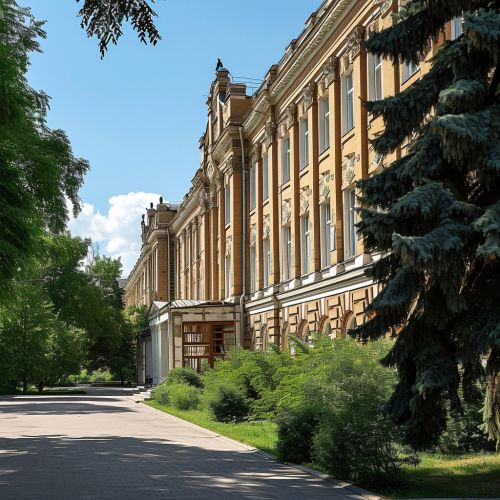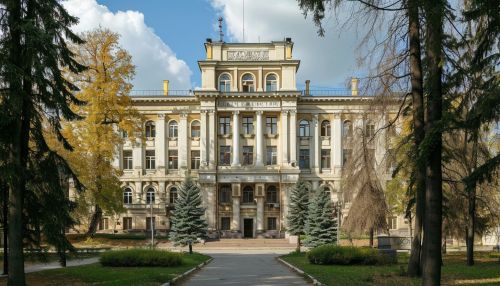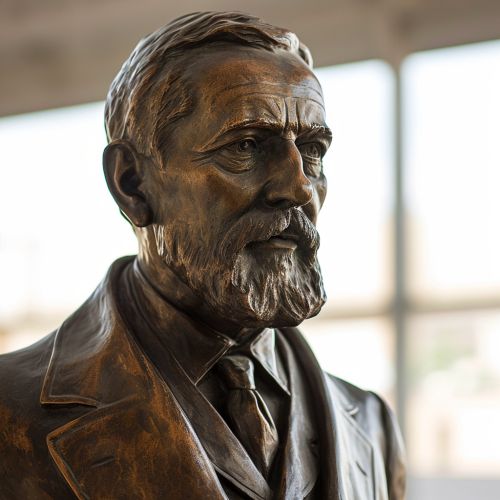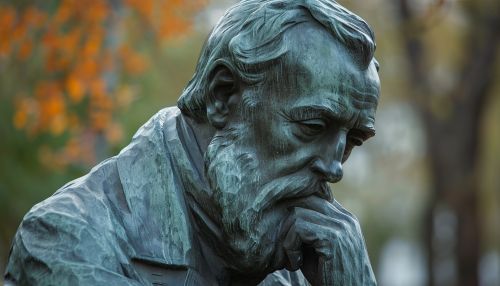Andrey Kolmogorov
Early Life and Education
Andrey Nikolaevich Kolmogorov was born on April 25, 1903, in Tambov, a town located in the southeastern part of Russia. His parents, Nikolai Matveevich Kolmogorov and Maria Y. Kolmogorova, were both from well-educated families. However, Andrey was raised by his aunt, Vera Yakovlevna Kolmogorova, in Tunoshna, a small village near Yaroslavl, after his mother died in childbirth.
Kolmogorov's early education was largely self-directed. He developed an interest in mathematics at a young age and began studying the subject independently. In 1910, he entered the second grade of the Tunoshna Church School. He later transferred to the Yaroslavl Demidov Lyceum, where he continued his studies in mathematics.
In 1920, Kolmogorov moved to Moscow to attend the Moscow State University. There, he studied under the guidance of prominent mathematicians such as Nikolai Luzin and Pavel Alexandrov. He graduated in 1925, having already published several papers on mathematical analysis and set theory.


Career and Contributions
Kolmogorov's career was marked by significant contributions to various fields of mathematics, including probability theory, topology, and turbulence. He is best known for his work in the field of probability theory, where he established the modern axiomatic foundation of the subject.
In 1933, Kolmogorov published his seminal work, "Foundations of the Theory of Probability," which laid the groundwork for modern probability theory. This work introduced the concept of Kolmogorov space, a fundamental concept in probability theory and measure theory.
Kolmogorov also made significant contributions to the field of topology. In 1935, he proved the Kolmogorov-Arnold-Moser theorem, which is a key result in the theory of dynamical systems. He also developed the concept of Kolmogorov complexity, which is a measure of the computational resources needed to specify an object.
In the field of turbulence, Kolmogorov proposed a theory of energy cascade, known as Kolmogorov's theory of turbulence, in 1941. This theory has been fundamental in the study of fluid dynamics and has numerous applications in engineering and physics.
Kolmogorov spent most of his career at Moscow State University, where he served as a professor and later as the head of the department of probability theory. He also founded the school of mathematics at the university.


Personal Life and Legacy
Kolmogorov was known for his modest lifestyle and his dedication to teaching. He never married and had no children. He was an avid music lover and enjoyed hiking and skiing.
Kolmogorov died on October 20, 1987, in Moscow. His contributions to mathematics have had a lasting impact on the field. Today, his work continues to be a cornerstone of many areas of mathematics, and his theories are still widely used in research.
Kolmogorov's legacy extends beyond his research contributions. He was a dedicated educator and mentor, and many of his students went on to become prominent mathematicians in their own right. His influence on the field of mathematics, both through his research and his teaching, continues to be felt today.


